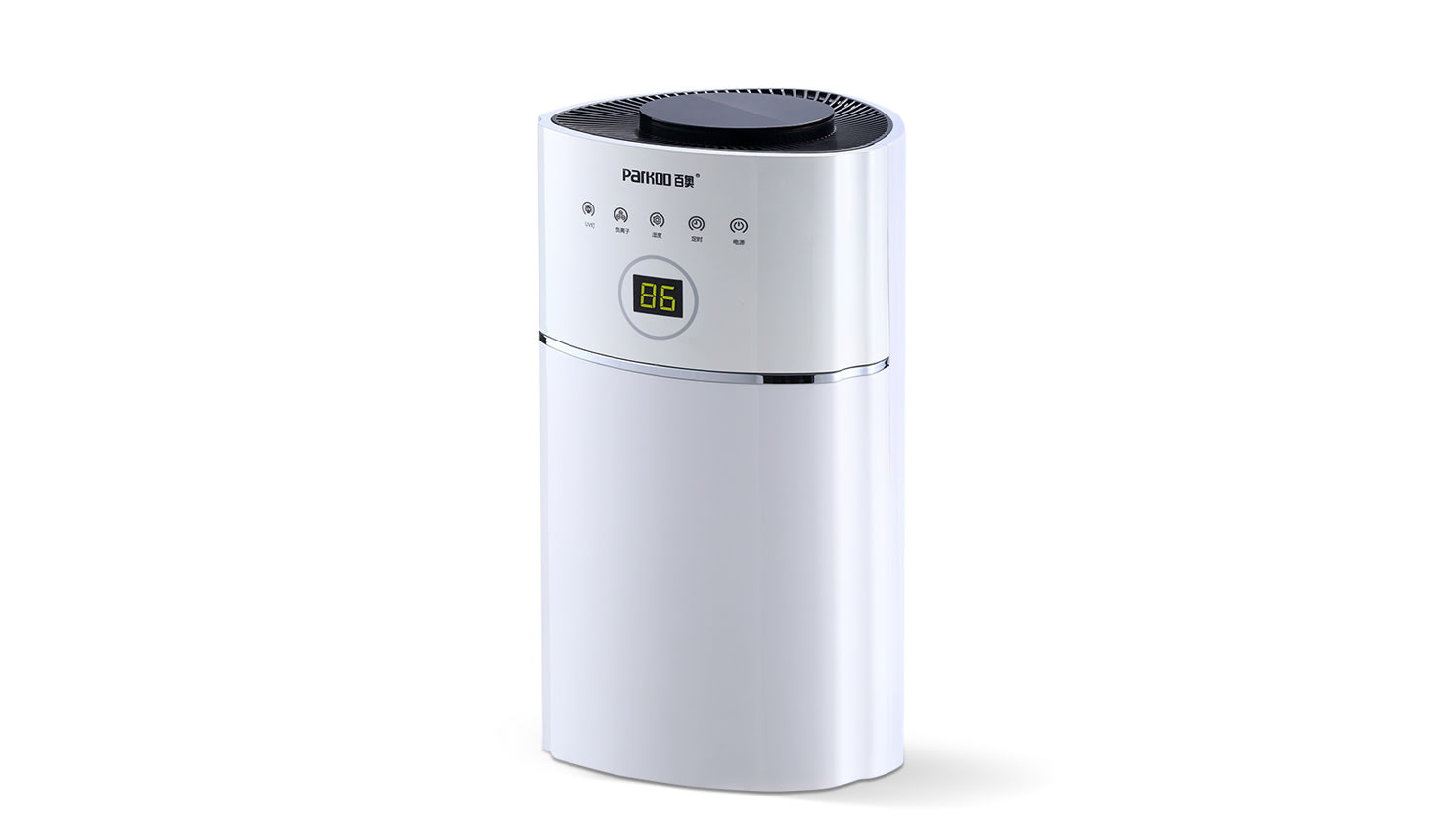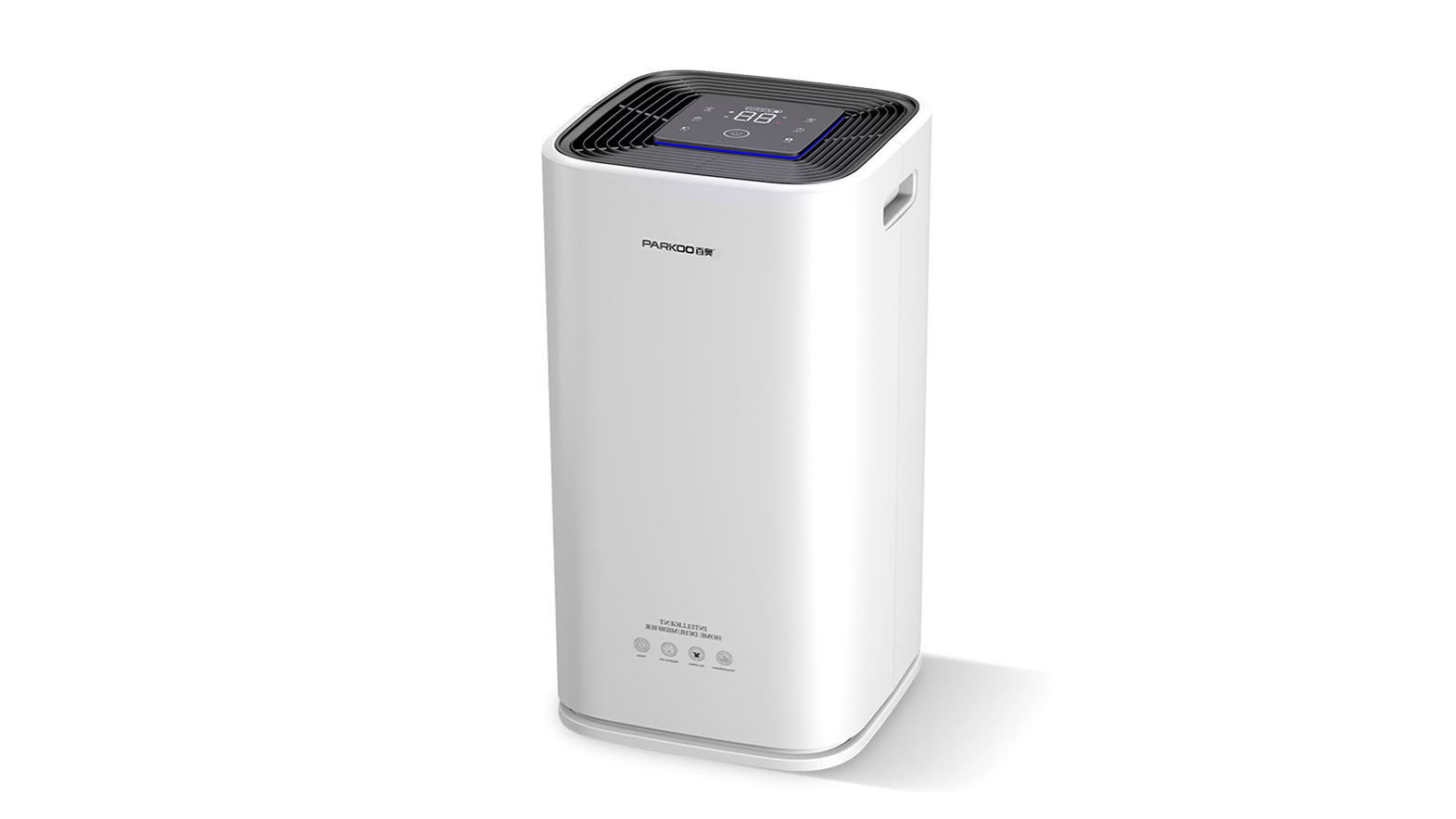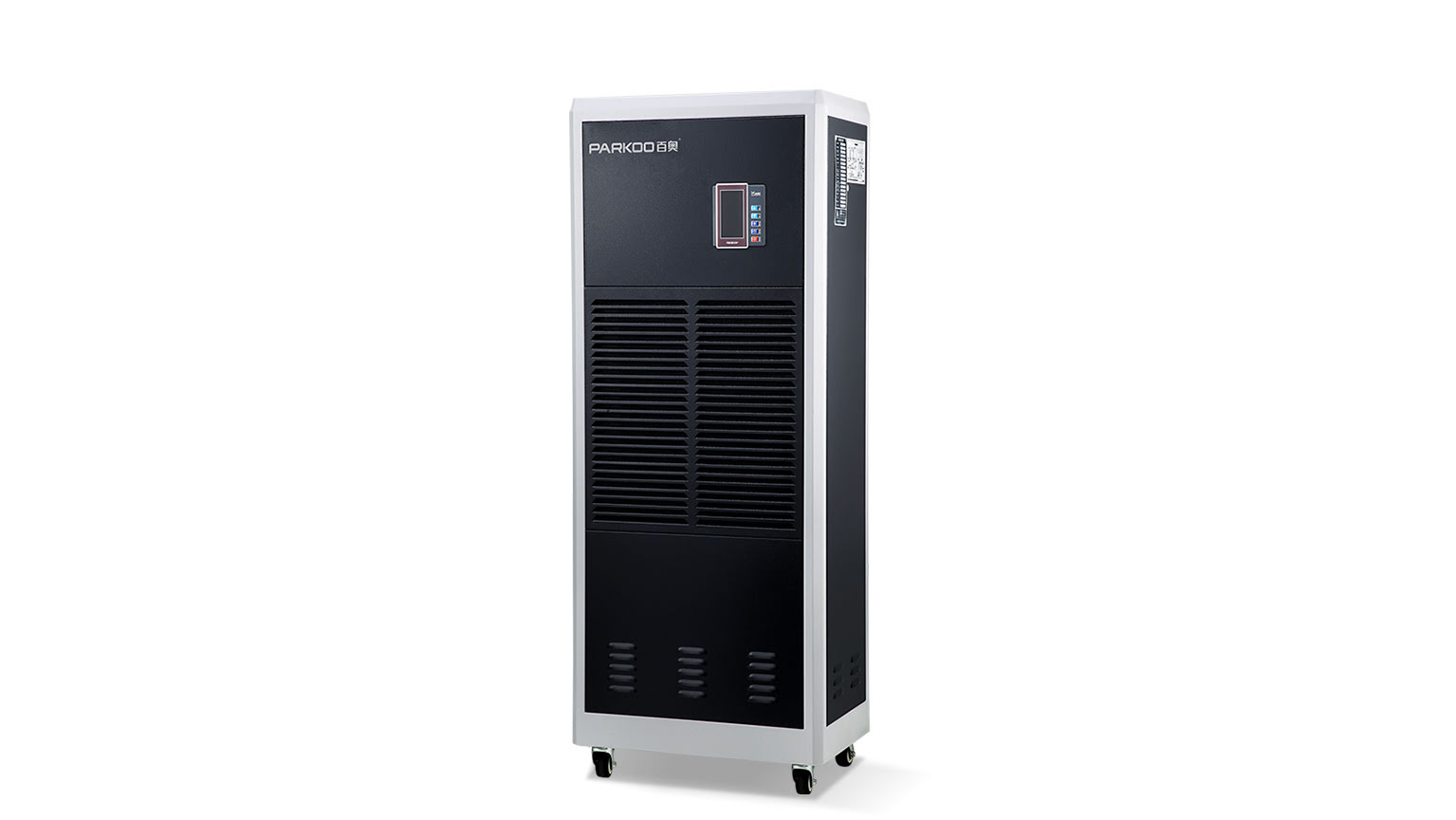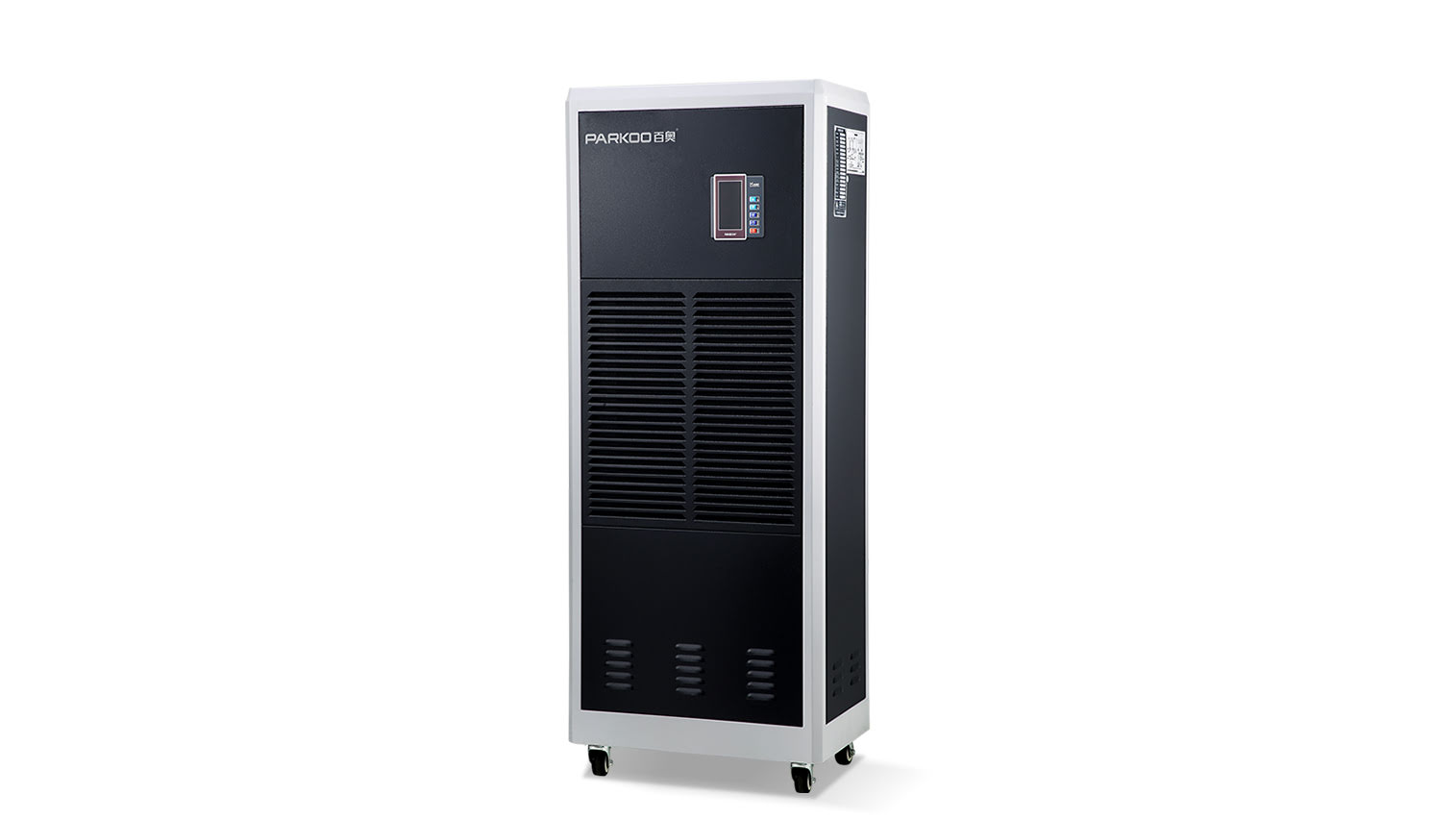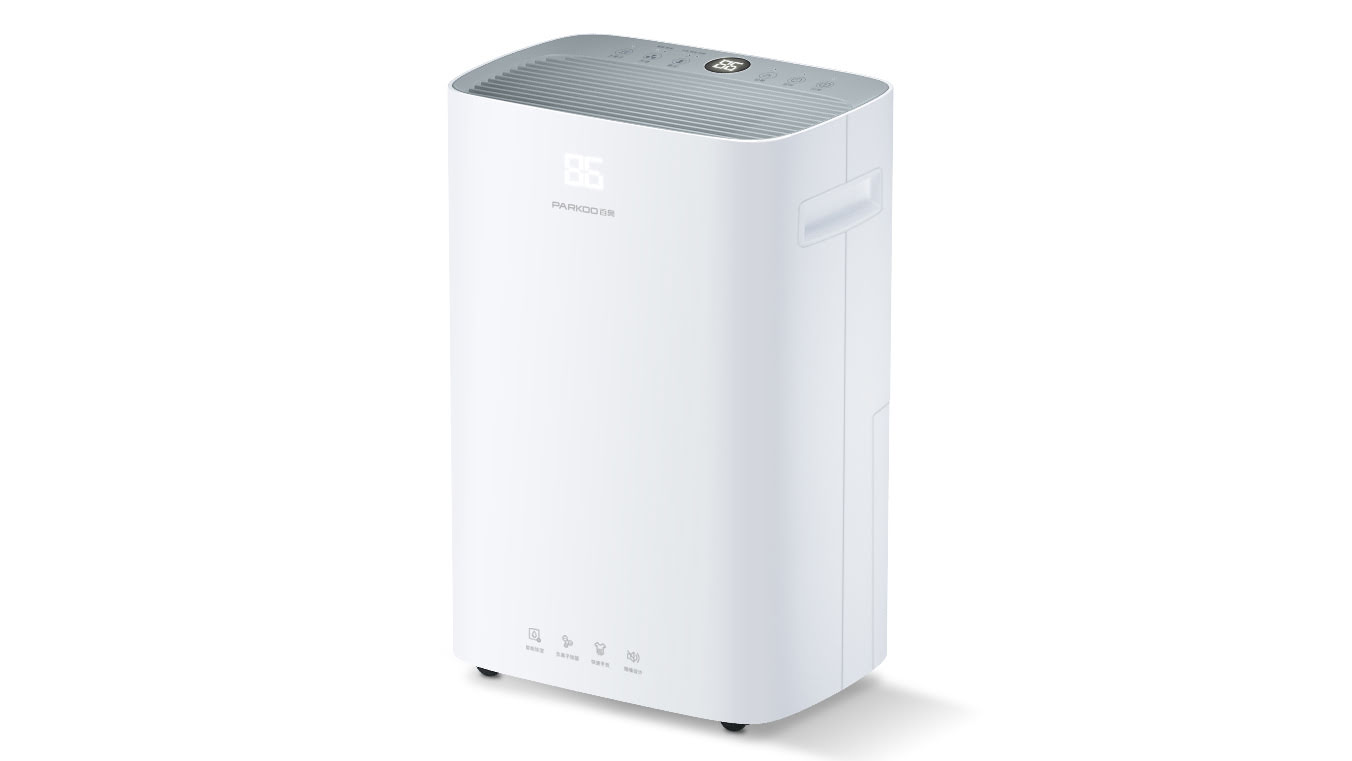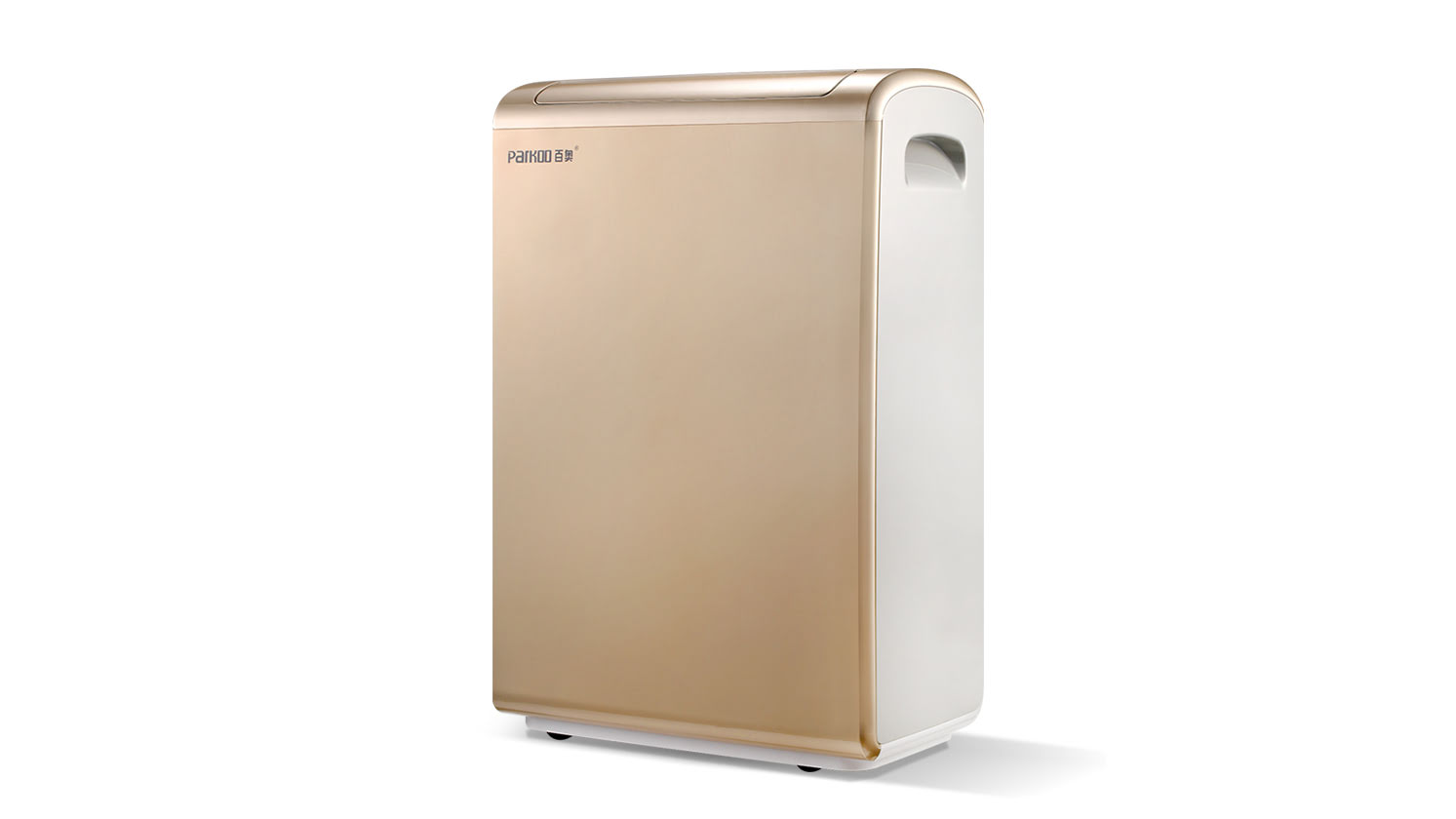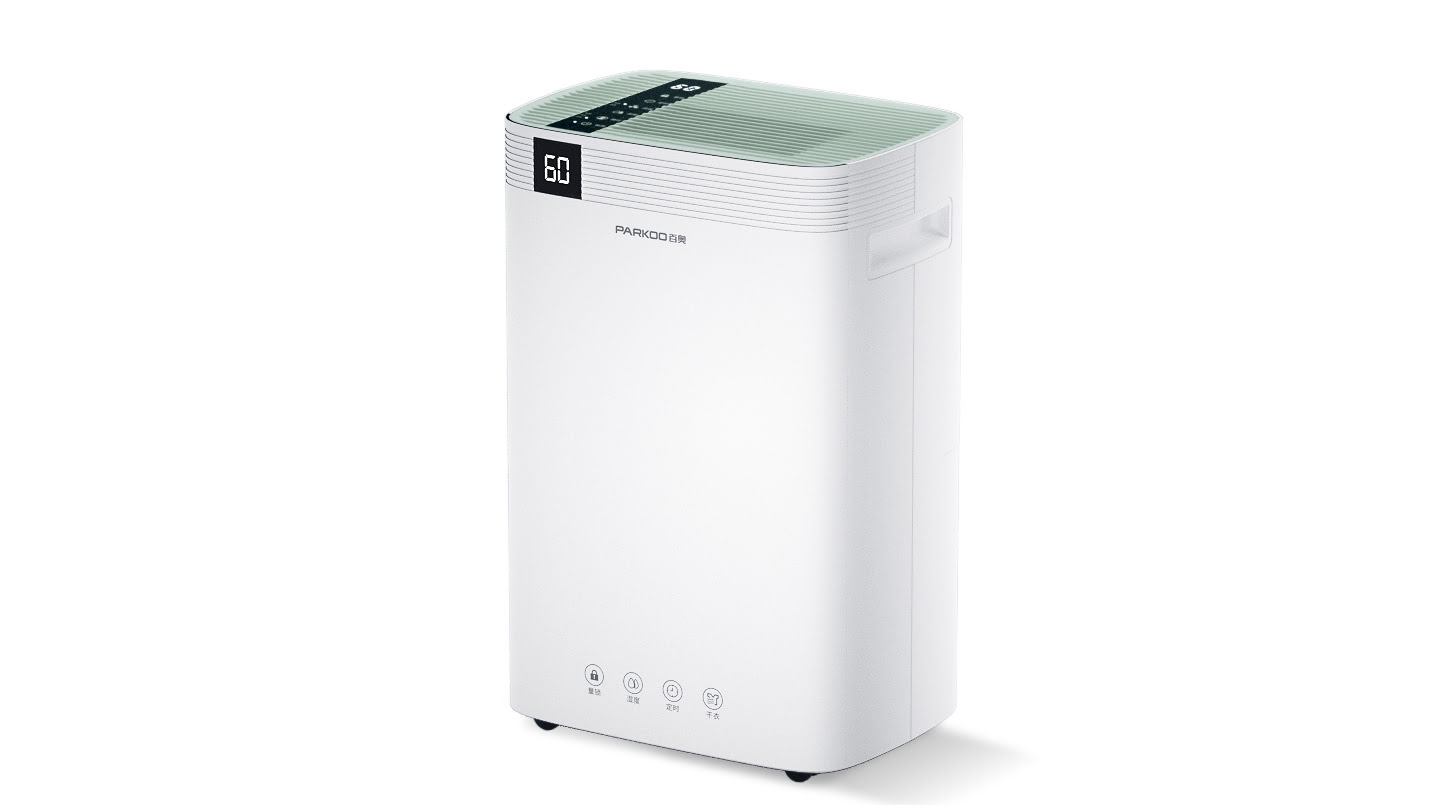too much Moisture in the indoor Environment can lead to various problems, ranging from musty smell in the basement to respiratory problems, and even structural damage to the home. DehuMidifier is a good solution to eliminate these unnecessary moisture and help you Maintain a Healthy humidity level throughout the space. Whether you use a poRTable Dehumidifier to solve a small problem in your home or a Dehumidifier in the Whole room can supplement your existing heating, ventilation and air Conditioning system, and Keep your Dehumidifier in the best state, which is crucial for obtaining the maximum benefit from Purchase
In general, Dehumidifier are relatively low maintenance equipment, but they are not maintenance free. The following simple Tips will help you keep the Dehumidifier in good working condition and Extend the service life of the product:
Adjust the humidity regulator to remove only the required amount of water. All Dehumidifier are equipped with a humidifier, which is a device used to control the amount of moisture removed by the dehumidifier from the surrounding air. Ideally, the relative humidity of your space should be between 45% and 50%, which means that indoor air can only retain half of the maximum humidity. If your humidity setting is too low, the Dehumidifier will work overtime, continue to run, and remove excessive moisture from the air. this will create a dry, uncomfortable environment and may Cause damage to Furniture and structures in the area. moreover, this will also cost you valuable energy dollars. On the other Hand, setting the humidity too high can cause excessive moisture in the air, which cannot solve the humidity problem
If you encounter problems in determining the humidity in your home, garage, workshop or other areas, the Hygrometer can quickly provide an accurate reading of the relative humidity in that area Replace the filter. Most Dehumidifier are equipped with air filters, which can remove Harmful air particles in the indoor environment, such as dust and other allergens. The filter can not only protect the internal components of the Dehumidifier, but also ensure the daily efficient operation, and can create cleaner and healthier Dehumidifying air. You should replace the air filter of the Dehumidifier According to the schedule recommended by the manufacturer to maintain the best performance. Check your owner's manual for a recommended schedule for replacing filters. some models may have washable filters. With these models, the user manual will also provide a recommended schedule for regular filter Cleaning
Regularly clean the water tank. frequent emptying of the collecting tank of the Dehumidifier does not always ensure a clean water container. In fact, unless you occasionally use soapy water or disinfectant for cleaning, the water tank of your Dehumidifier may beCome a breeding ground for mold and mildew. Even worse, this harmful mold and mold will be distributed throughout the indoor air, leading to respiratory problems and other diseases. Monitor the water tank of the dehumidifier and empty the collected debris. Please be sure to refer to your user manual to determine how often the water tank should be cleaned and follow these Guidelines
Do not short-circuit the compressor. avoid turning off the Dehumidifier immediately. wait at least 10 minutes and turn on the Dehumidifier again. The elapsed time will allow for pressure Balance in the system and Prevent damage to the compressor. Closing and opening the dehumidifier too quickly may cause the compressor to oveRHeat and may cause your circuit breaker to trip. In addition, the short-term recycling of deHumidification opportUnities reduces the Efficiency of moisture removal, because the appliances do not have enough time to fully evaporate the excess moisture. In order to prevent short circuit, please look for a Dehumidifier with automatic delayed start function to protect the compressor from short-term damage
Check the condenser coil for frost or ice formation. when the Dehumidifier is Operated at a colder temperature, the condenser (or Cooling) coil may form frost or ice, which may interfere with the operation. If you suspect that your Dehumidifier fails Due to ice or frost accumulation, please turn off the Dehumidifier and unplug the power plug so as to enter the internal coil safely. If there is evidence of ice or frost accumulation, the air in the room may be too cold for the Dehumidifier to work normally. Please note that the internal components on some Dehumidifier models may not be accessible, otherwise the warranty may be invalidated. In these cases, it is best to Consult the manufacturer to determine the cause of the malfunction and the steps to solve the problem
If frosting is your problem, please refer to your user manual for troubleshooting Suggestions and tips. You can also try preheating the treated space or placing the dehumidifier on a sturdy table to circulate warm air around it. To finally avoid this problem, consider purchasing a Dehumidifier with Auto-defrost function. When the fan continues to run and ice is detected, these models will automatically turn off the compressor to melt the frost. Once the ice melts, the machine will automatically resume operation
Clean the intake and exhaust grilles. dirty grids may result in Poor Dehumidifier performance. Once a season or more frequently, according to one's own condition, use a vacuum brush accessory to clean the grille for inhaling moist air and releasing dehumidifying air. This removes blockages caused by dust and debris and ensures the most effective operation
make sure your Dehumidifier is properly placed. In order to get the best results from your Dehumidifier, please keep it at least 6 inches away from any Wall to ensure proper air intake and exhaust. In addition, ensure that all doors and windows are tightly enclosed in the area where the Dehumidifier operates. Otherwise, your Dehumidifier may leak humidified and dehumidified air into the treatment space. This may lead to higher energy bills
You rely on your Dehumidifier to control your indoor humidity, Making your environment healthier and more comfortable. With these simple tips and the manufacturer's maintenance guide in your user manual, you can keep your Dehumidifier performing best and ensure years of continuous use
